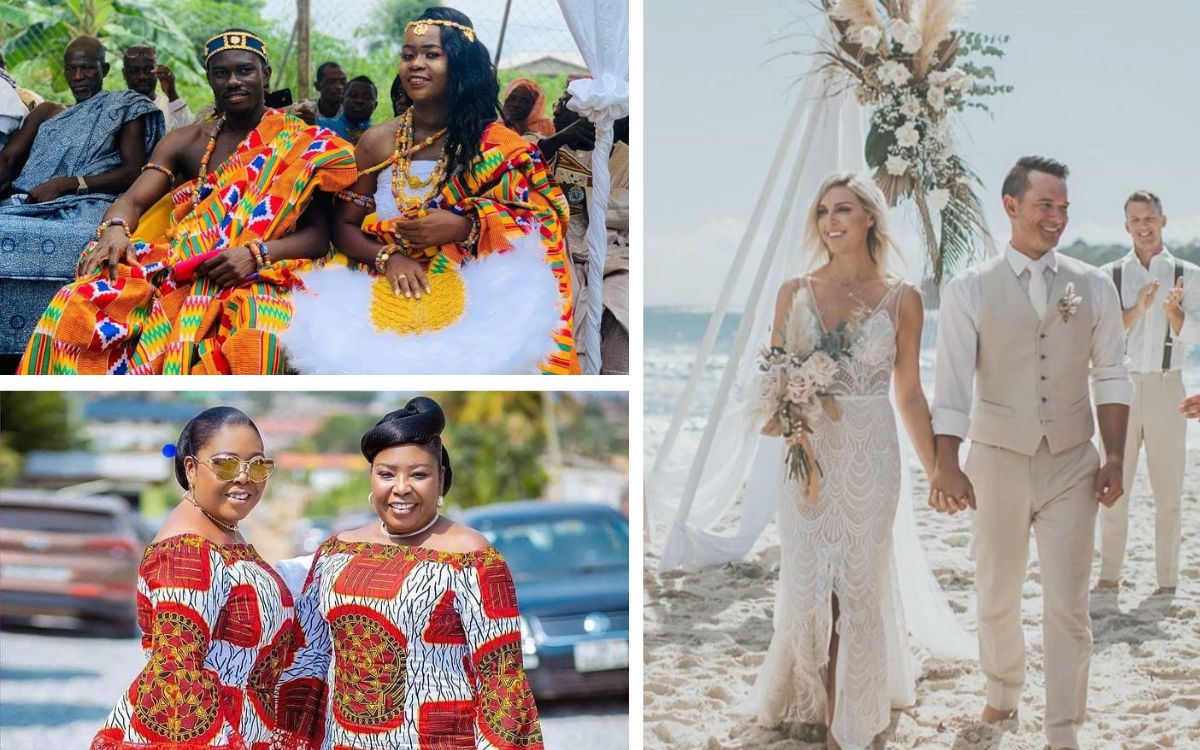Tanzanian culture is a vibrant tapestry woven from the diverse ethnic groups that call this East
African nation home. With over 120 distinct ethnic groups, Tanzania boasts a rich mosaic of
traditions, languages, and customs. Among the most prominent are the Sukuma, Chagga, Haya,
Nyamwezi, and Maasai peoples.
The country's cultural heritage is deeply rooted in its history, which includes centuries of
trade along the Swahili Coast and interactions with Arab and Indian merchants. As a result,
Swahili culture plays a significant role, evident in the language, cuisine, and arts.
Family and community are central pillars of Tanzanian society. Extended families often live
together, sharing responsibilities and resources. Elders are highly respected and play a crucial
role in decision-making and preserving traditions.
Music and dance are integral parts of Tanzanian culture, with each ethnic group boasting its
own distinctive styles. From the energetic rhythms of bongo flava to the hypnotic beats of
traditional drumming, music is a means of expression and celebration.
Artisans across Tanzania create intricate crafts, including woodcarvings, batik textiles, and
beaded jewellery, reflecting the country's diverse cultural influences and natural beauty.
Religion also shapes Tanzanian culture, with Christianity, Islam, and indigenous beliefs
coexisting harmoniously. Religious practices often intertwine with daily life, influencing
everything from social customs to culinary traditions.
The stunning landscapes of Tanzania, including Mount Kilimanjaro, the Serengeti plains, and
Zanzibar's pristine beaches, inspire a deep connection to nature and wildlife conservation
efforts.
Despite its diversity, Tanzanian culture is united by a shared sense of pride in its heritage
and a warm hospitality that welcomes visitors from around the world. Through its traditions,
music, art, and landscapes, Tanzania continues to captivate and inspire all who experience its
rich cultural tapestry

Tanzania Clothing
* Traditional Clothing:
• Maasai Shuka: The Maasai people of Tanzania are known for their vibrant red-checked shuka, a
traditional cloth worn draped over the body.
* Modern Clothing:
• Western Attire: Many Tanzanians, especially in urban areas, wear Western-style clothing like
jeans, T-shirts, dresses, and suits for everyday wear and formal occasions.
* Special Occasion Attire:
• Wedding Attire: Traditional Tanzanian weddings feature elaborate attire. Brides may wear
beautifully embroidered dresses, while grooms opt for suits or traditional attire depending on
their cultural background.

Tanzania Food
Tanzanian cuisine is a delightful blend of flavours influenced by the country's history, diverse
communities, and the local resources available.
* Ugali (Cornmeal Porridge) :
The way to Tanzania’s heart is through its asado, or barbecue, also known as parrillada. Don't
leave the country without spending a leisurely afternoon beside the warmth of a grill or open
fire, feasting on copious grilled meats.
* Chipsi Mayai (Chips and Eggs) :
Chipsi mayai literally translates to "chips and eggs" and is a popular breakfast or snack
option. Fried potatoes (chips) are scrambled together with eggs, onions, peppers, and sometimes
chopped vegetables for a hearty and flavourful meal.
* Mshikaki (Skewered and Marinated Meat) :
Mshikaki is another favourite among meat lovers. Bite-sized pieces of beef, chicken, or fish are
marinated in a blend of spices and skewered.

Tanzania Art
* Wood Carving :
Skilled artisans in Tanzania have been sculpting wood for centuries, using traditional
techniques passed down through generations. Makonde people, residing in southern Tanzania, are
particularly famous for their sculptures.
* Tinga Tinga Paintings :
A prominent and widely recognized Tanzanian art form is Tinga Tinga paintings. This style of
painting is characterized by its use of bright, enamel paints on Masonite board.
* Kitenge : Kitenge, also referred to as "African wax print," is a fabric widely used
throughout Africa. It is characterized by bold and geometric designs created using a wax resist
dyeing technique.
* Kanga : The Kanga is a colourful wrap worn primarily by women in Tanzania and East Africa.
It is typically made of cotton and features bold Swahili proverbs, messages, or sayings.

Tanzania Film Industry
Tanzania's film industry, nicknamed "Swahiliwood" or "Bongo Movies" (Bongo referring to Tanzania
mainland), is a young and growing industry with a unique character. Here's a breakdown of its
key aspects:
* History :
Established around 2001, the Tanzanian film industry is relatively new.
Before that, Tanzania had a film scene during colonial times, but it largely relied on expats
and government productions.
* Production Style :
Known for its low-budget productions, Tanzanian films are often shot on camcorders and released
on DVDs.
Tight filming schedules and resourceful filmmaking techniques are common.
* Recent Developments : The Tanzanian government has taken steps to support the industry by
reducing filming permit fees.
* Challenges :
The industry faces hurdles like limited funding, lack of proper infrastructure, and piracy.

Tanzania Economy
Tanzania's economy is like a bustling marketplace, filled with potential and the thrum of steady
growth. Though still developing, the country boasts a rich mix of resources and industries that
are propelling it forward. Imagine a vibrant tapestry woven with threads of agriculture,
tourism, mining, and budding manufacturing:
* Fruits of the Land: Agriculture is Enduring Strength :
The heart of Tanzania's economy beats in the fields. Agriculture is the backbone, employing a
large portion of the population.
* Nature's Treasures: Unveiling Mineral Wealth
Tanzania sits on a treasure chest of natural resources. Gold, diamonds, tanzanite (a stunning
blue gemstone), and nickel are just a few of the minerals waiting to be unearthed.
* The Future Beckons: A Land of Promise
Tanzania's economy is on an upward trajectory. By harnessing its natural resources, nurturing
its agricultural sector, and fostering a thriving manufacturing base, Tanzania has the potential
to become a major economic player in Africa.